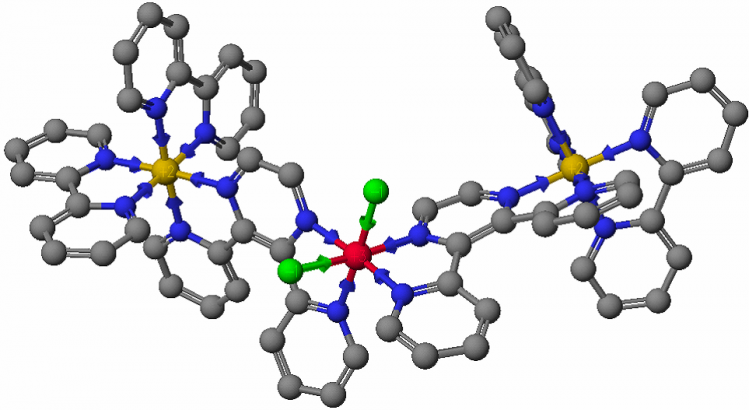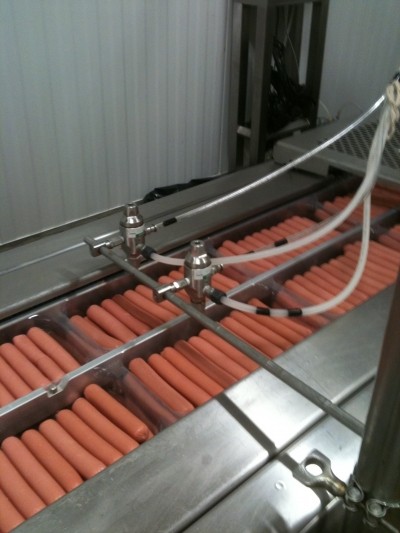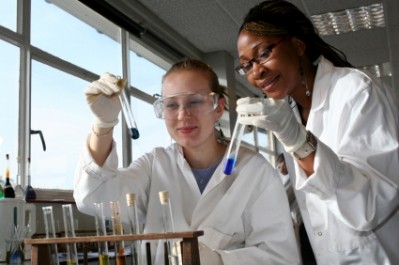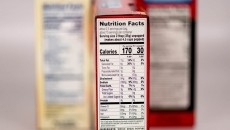Cancer treatment adapted to tackle Listeria in processing plants

Theralase Technologies Inc said it has developed a range of compounds that can enter and destroy cells from the inside. Primed to be attracted to target organisms - such as cancer or Listeria - the so-called photo dynamic compounds (PDCs) penetrate cell walls and lock onto their DNA. Once activated by a very powerful light source, the cell-busting compounds are able to wipe out the DNA and thus kill the organisms, said the company.
Originally developed as a cancer treatment, Theralase realised the technology had food safety potential in the wake of the Listeria contamination of Maple Leaf products that killed 21 during a nationwide outbreak in Canada in 2008.
The company partnered with Princess Margaret Hospital, University Health Network (UHN), to develop a method to pierce the biofilm in Listeria and destroy the bacteria.
Significant cell kill
“With regard to Listeria monocytogenes, we have seen a 3-5 log reduction, which is a significant cell kill,” company president and CEO Roger Dumoulin-White told FoodProductionDaily.com. “We believe that future applications of the technology include food safety through food processing equipment sterilisation. It has real potential because there appears to be is a genuine need for this type of technology in this sector.”
He explained that the PDCs could be incorporated into a solution and sprayed onto surfaces such as conveyor belts or into equipment such as cutting systems. The PDCs could then be activated with a light source to enable them to penetrate the biofilms of any Listeria bacteria present and destroy them
The PDC method also tackles the problem of bacteria being able to mutate and adapt - which has happened with MRSA bacteria to some cleaning systems, Dumoulin-White added.
“We have yet to experience that issue with PDCs because they are in close proximity to the bacteria for such a short time and therefore the organisms cannot adapt to the technology,” he said.
Commercial partnership
The CEO said that Theralase has all patents, compounds and the light source in place but was looking for partners to develop the technology into a specific system for the food processing sector. The company said it was open-minded about the kind of commercial agreements that could be reached.
“We need to work with a food processing partner that can provide capital for development as well as industry information on issues such as what the costs would need to be and what viable cell kill would be necessary,” said Dumoulin-White. “They could be a co-owner or commercial partner and use the technology in their operations, with some kind of licensing agreement in place. We would welcome contact from parties that wish to work with us”













